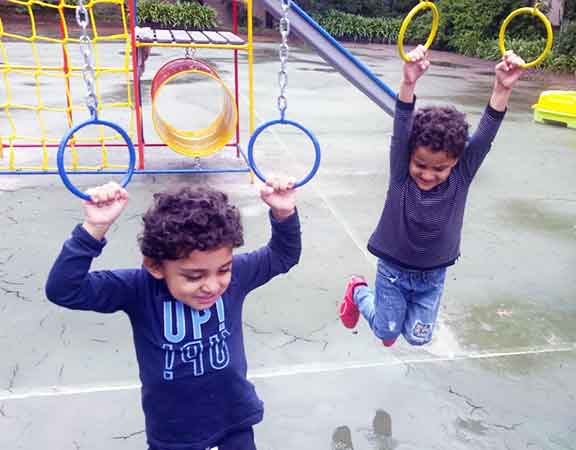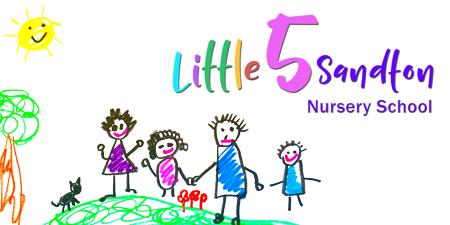Indoor and Outdoor Safety Checklist By Carolyn Ross Tomlin
According to the Consumer Product Safety Commission (CPSC) 31,000 children, four years
old and younger, were treated in U.S. hospital emergency rooms for injuries that occurred at
child care and school settings in 1997. CPSC is aware of at least 56 children who have died in
child care settings since 1990, and when CPSC staff visited a number of child care settings,
they found that two-thirds of them had one or more potential safety hazards.
Safety inspectors agree that some risk and challenge should be part of all playgrounds. The
playground is not a padded bubble. Indoor and outdoor play offers children an opportunity to
learn socially, emotionally, physically and cognitively. However, hazards and risks often hide
in play.
The staff has a responsibility to teach young children rules of safety and engage
parents in this important knowledge. Until they’re older, babies and toddlers must
depend on responsible caretakers to keep them free from harm.
Use the following safety checklist to help balance fun and safety in your program.
1. Be prepared for injuries. Have at least one person with up-to-date training in first aid
1. Be prepared for injuries. Have at least one person with up-to-date training in first aid
and cardiopulmonary resuscitation (CPR) on site at all times.
2. Check for drawstrings around the hood and neck of children’s outerwear and clothing.
2. Check for drawstrings around the hood and neck of children’s outerwear and clothing.
Recommend to parents that they purchase clothing using fasteners, such as snaps,
zippers, and hook and loop fasteners (such as Velcro).
3. Teach children how to properly use scissors and other supplies.
4. Supervise classroom pets when they are around children.
5. Make sure all electrical outlets contain safety caps.
6. Watch toddlers when using natural environmental play materials like water, sand,
3. Teach children how to properly use scissors and other supplies.
4. Supervise classroom pets when they are around children.
5. Make sure all electrical outlets contain safety caps.
6. Watch toddlers when using natural environmental play materials like water, sand,
earth, plants, and flowers to keep them from putting these materials in their mouth.
Teach children that only food should be put in the mouth.
7. Check all games and puzzles for possible choking hazards.
8. Post a current list of recalled children’s products on a bulletin board for both parents
8. Post a current list of recalled children’s products on a bulletin board for both parents
and teachers to see. Make sure that no recalled products are being used.
9. Properly install and maintain all playground equipment. Check for loose screws and
9. Properly install and maintain all playground equipment. Check for loose screws and
jagged metal on slides or swings.
10. Put at least 12 inches of wood chips, mulch, sand or pea gravel, or mats made of
10. Put at least 12 inches of wood chips, mulch, sand or pea gravel, or mats made of
safety-tested rubber or rubber-like materials under and around all outdoor play
equipment. (This type surface absorbs shocks when falls occur and lessen the
occurrence of head or limb injuries.)
11. Make sure the playground is free of broken glass or other objects that could pose a
11. Make sure the playground is free of broken glass or other objects that could pose a
safety hazard to young children.
12. Teach children how to use playground equipment safely (such as going down the
12. Teach children how to use playground equipment safely (such as going down the
slide feet first).
13. Ensure that all indoor and outdoor play equipment suits children’s ages and
developmental abilities.
14. Position adults near outdoor equipment that moves during recess. All adults should
14. Position adults near outdoor equipment that moves during recess. All adults should
have a clear view of the playground at all times.
15. Teach children to practice safe and appropriate behaviour and to know and use
15. Teach children to practice safe and appropriate behaviour and to know and use
designated play areas.


